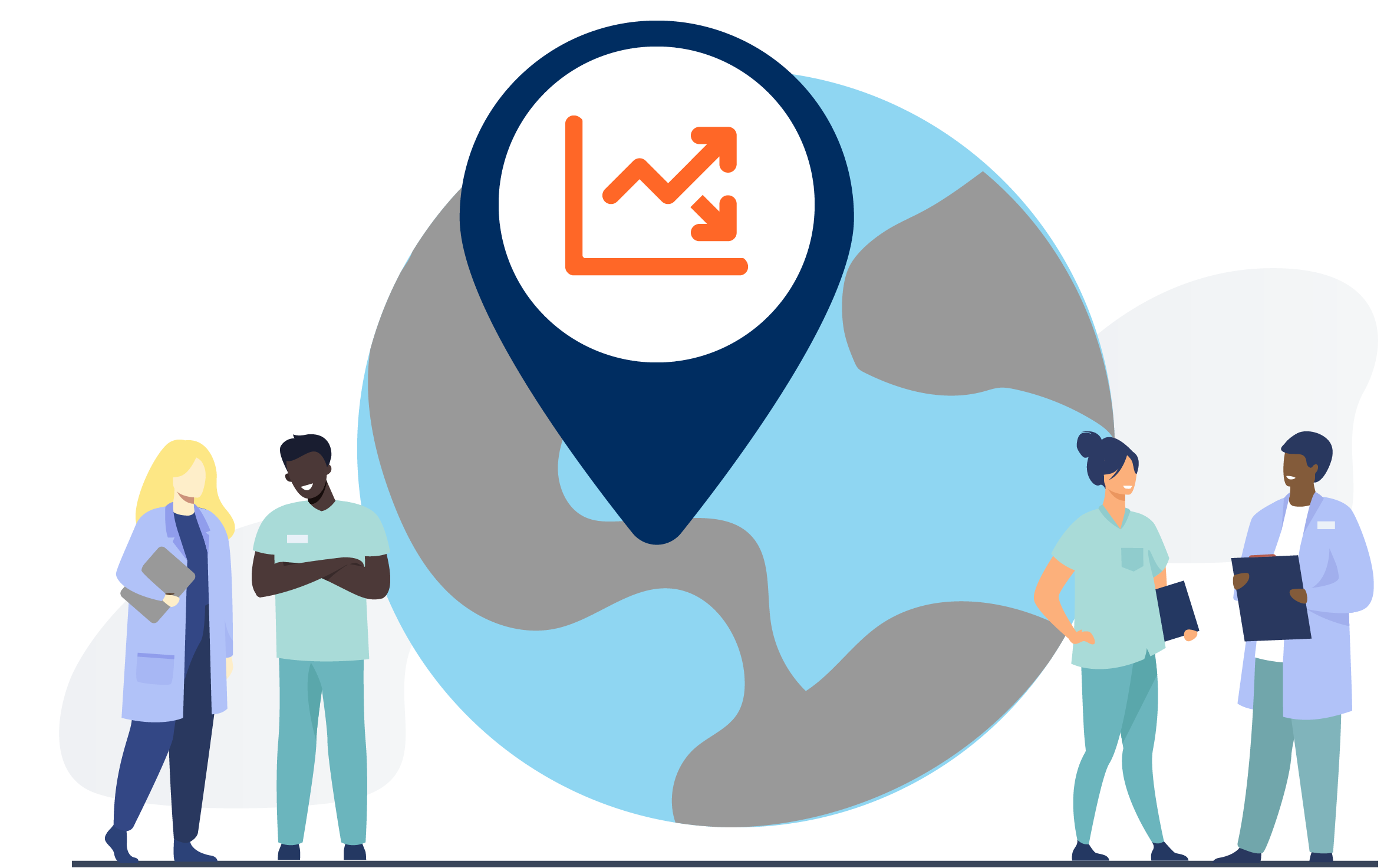In your medical training, you have learned in depth and through experience the structure and function of the U.S. health system, and perhaps explored some comparisons to the health systems in other wealthy nations. The structure and function of a health system is frequently related to or reflects health policy and can have major role in the health and wellness of a community and individuals. To date, while the right to health is considered a basic human right, no health system has been identified as the perfect way to achieve it. Each system has evolved under specific social, cultural, and political influences and has strengths and weaknesses. This module will explore different types of health systems around the world and their strengths and challenges (especially in relation to LIC/LMICs). It is difficult to talk about health systems without also considering funding—multinational organizations play a large role in the funding of health programs around the world.
Learning objectives
- Describe the functions, organization, and the pros and cons of different health systems or national models of health care
- Describe how global trends in healthcare practice, commerce and culture, multinational agreements and multinational organizations contribute to the quality and availability of health and healthcare locally and internationally
- Understand how the United States structures its global health activities and response
- Read
- Watch
- Reflect
- More
- Global Health 101, Chapter 6: Introduction to Health Systems.
- Backman G, Hunt P, Khosla R, et al. Health systems and the right to health: an assessment of 194 countries. Lancet. 2008;372(9655):2047–2085.
- Dimovska, D., Sealy S., Bergkvist, S., Pernefeldt, H (2209). Innovative Pro-Poor Healthcare Financing and Delivery Models [Landscaping from the Rockefeller Foundation-Sponsored Initiative onf the Role of the Private Sector in Health Systems in Developing Countries].
- Read the Introduction and select at least one summary/topic from each of the sections:
- Service Delivery
- Risk-pooling
- Regulation
- Supply Chain
- Contracting
- Read the Introduction and select at least one summary/topic from each of the sections:
- Squires D, Anderson C. U.S. health care from a global perspective: spending, use of services, prices, and health in 13 countries. Issue Brief (Commonw Fund). 2015 Oct;15:1-15. PMID: 26591905.
On the Slack discussion board:
- Consider the country/region of interest that you identified for this course and attempt to answer the following questions:
-
- What is the extent to which universal health coverage has been achieved?
- What is the status of the healthcare workforce? Are there critical shortages in certain professions?
- What is the role in various health systems of individuals, and of the public, private, and nongovernmental organization (NGO) sectors?
- How is the health systems organized and managed?
- What are key strengths and key constraints in the effectiveness and efficiency of health systems in this setting? Aim to identify three key strengths before identifying three key constraints
- Compare the health care systems of two countries (United States vs. country of interest?) with respect to a one of the following indicators:
- maternal morbidity and mortality
- infant morbidity and mortality
- immunization rates
- access to long-term care
- indicators of quality of care for non-communicable diseases.
- Human Resources for Health (HRH) Basics.
- The U.S. Government Engagement in Global Health: A Primer. Kaiser Family Foundation; 2019.

